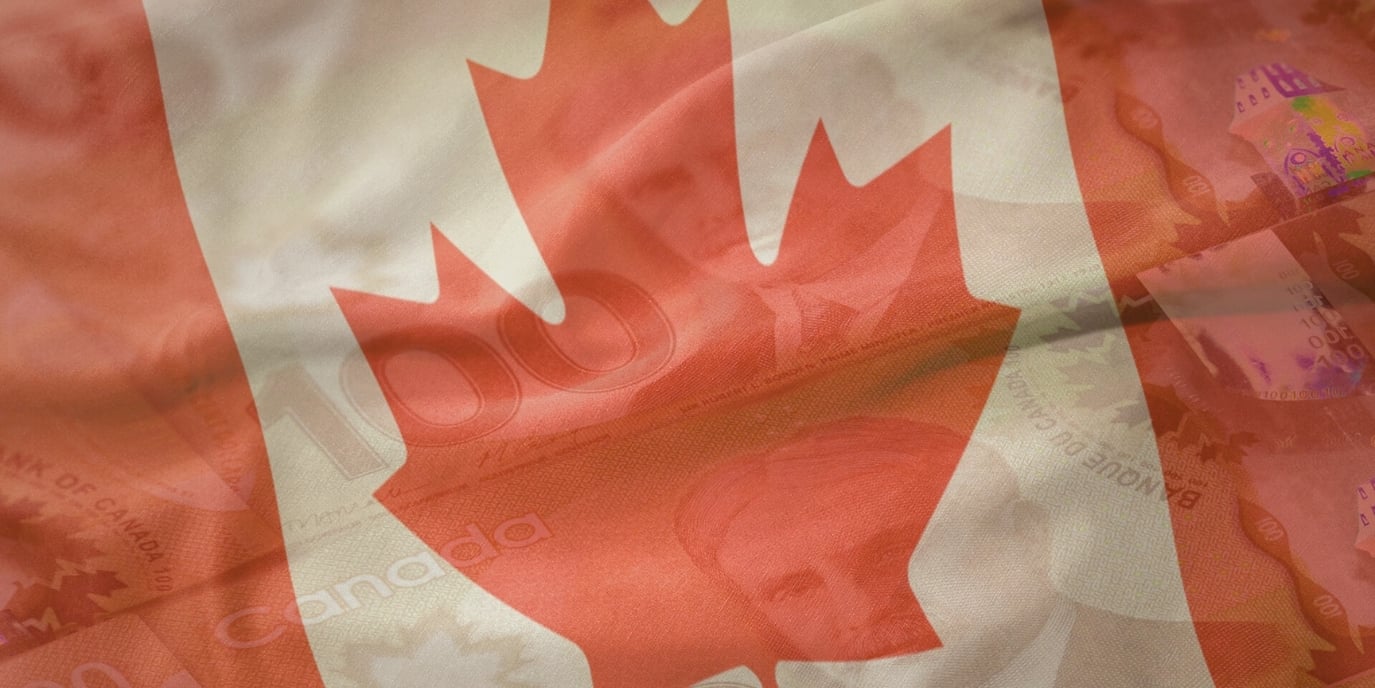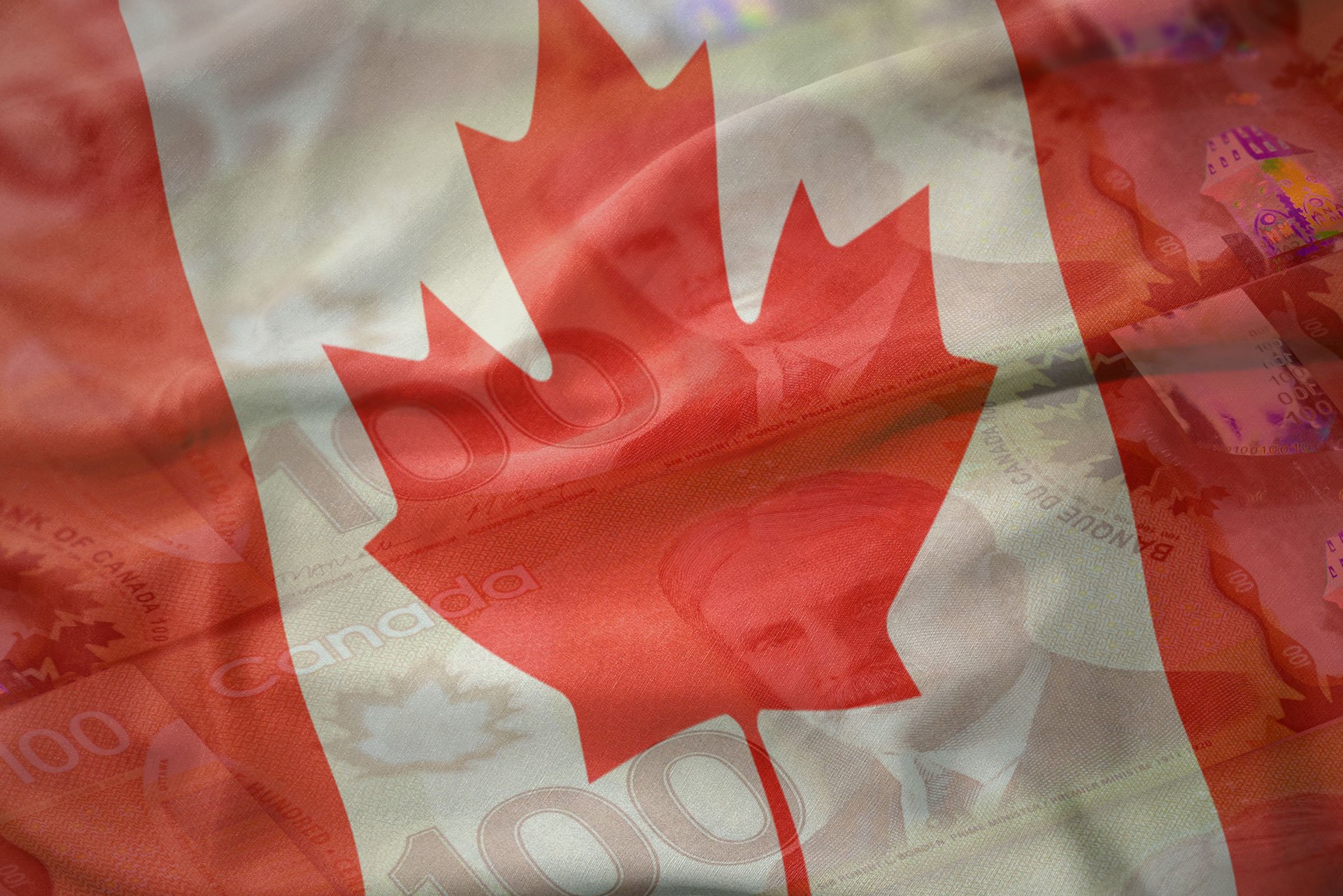How to account for your imports using the Commercial Accounting Declaration (CAD)
.jpg)
The CAD is the foundation of Canada’s import accounting system and the formal record that the CBSA uses to assess import obligations and ensure compliance.
Importing restricted and prohibited goods into Canada

Importing restricted and prohibited goods into Canada without understanding the rules can lead to shipment delays, penalties, or seizure.
Understanding the difference between value for duty and value for tax

Value for tax and value for duty serve different purposes in the Canadian import process. While value for duty determines the customs duty that applies, value for tax determines how much sales tax is payable on your shipment at the time of import.
How to claim a refund of duties after importing

You may claim a refund of duties after import, but only if certain conditions are met, and the refund request is submitted within the specified timeframe with sufficient supporting documentation.
Understanding the basics of Canada’s Tariff Rate Quota (TRQ) system

Tariff Rate Quotas (TRQs) can affect the duty you pay and the requirements you must meet before importing goods into Canada.
The role of Other Government Departments (OGDs) in the importing process

When you understand which OGDs regulate your products and confirm their requirements in advance, your imports can clear customs faster and with fewer surprises.
How to claim preferential tariff treatment with a Certificate of Origin

A Certificate of Origin is generally required to claim preferential tariff treatment. Understanding its purpose and verifying its details before you import helps you avoid reassessments, unexpected duties, and compliance issues.
How an advance ruling can simplify importing into Canada

For Canadian businesses that import regularly, advance rulings can provide predictable landed costs, smoother customs clearance, and stronger compliance.
The difference between excise duties and excise taxes

While excise duties apply to controlled goods, such as alcohol and tobacco, excise taxes target specific petroleum products, fuel-inefficient vehicles and air conditioners. Knowing the difference can help importers keep their landed cost under control.
What are anti-dumping and countervailing duties?

Anti-dumping and countervailing duties are applied only after a formal investigation confirms unfair competition in the market. They help guarantee that Canadian businesses stay competitive and are not harmed by foreign goods.
Search Topic

Latest Articles
- How to account for your imports using the Commercial Accounting Declaration (CAD)
- Importing restricted and prohibited goods into Canada
- Understanding the difference between value for duty and value for tax
- How to claim a refund of duties after importing
- Understanding the basics of Canada’s Tariff Rate Quota (TRQ) system